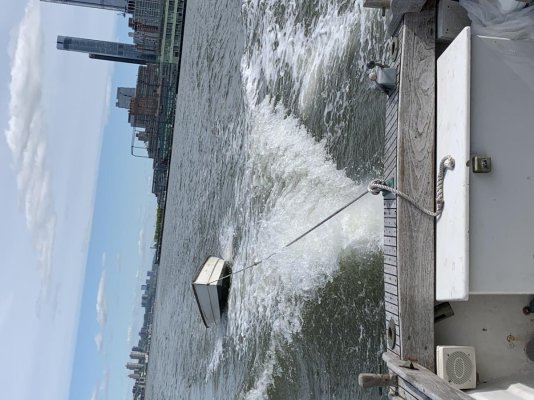trihartsfield
Senior Member
- Joined
- Mar 4, 2021
- Messages
- 149
- Vessel Name
- Ethos of the T
- Vessel Make
- 26 Sedan Tollycraft
In planning a trip to the San Juans next year we are going to update our dinghy to a Takacat and a 20hp engine. Our current setup we do not like because it makes it difficult to enter and exit the boat, Livingston attached to small swim platform. We also want a dinghy that will allow us to explore and the current set up is not conducive for that.
For those that tow their dinghy what do you do when entering a marina?
What do you do if you are going to stay the night in a marina?
What are other challenges are there in towing a dinghy?
Thanks
Chris
For those that tow their dinghy what do you do when entering a marina?
What do you do if you are going to stay the night in a marina?
What are other challenges are there in towing a dinghy?
Thanks
Chris

